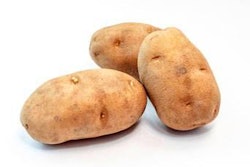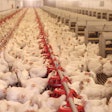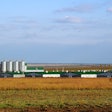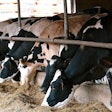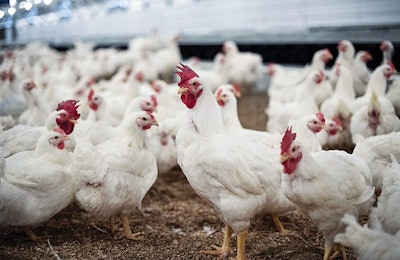
Large parent animals produce large offspring that grow rapidly and efficiently. At least this is the general perception and it is true to a certain point. But it is not the whole truth, because the maintenance needs of large-framed animals are often ignored, or rather expected to be roughly the same across all genotypes, within a given species.
In operations where young animals are brought in to be fattened or finished, a larger frame type animal ensures a heavier carcass weight, and if the animal is fed correctly, this can lead to rapid weight gains and profitable feed efficiency. But this is rather the exception than the norm; the latter is rather longer than anticipated growing-finishing periods. Thus, the greater daily needs for maintenance often rob away any possible profitability.
The same is true for operations that breed heavy animals in order to sell their offspring to others. Such operations look only at the end market price, often ignoring the cost associated with maintaining a large animal as parent stock, unless of course these are extensive (low-cost) operations.
It is only in times where the same operator can breed and raise such large-framed animals that any profitability can be expected. Or, during times of abundance of low-cost feed, because feed remains the most expensive input in keeping and raising any and all animals. But such ideal conditions are again the exception rather than the norm.
The above might be taken as an effort to support smaller-frame animals, which is incorrect. I support efficiency, and this can be achieved with any genotype, given the right circumstances. Thus, I advocate taking into account the maintenance needs of any given genetics line before committing. A few grams (or hundreds of grams) per day might seem insignificant, but multiplied can account into a considerable annual expense that needs to be paid back.


